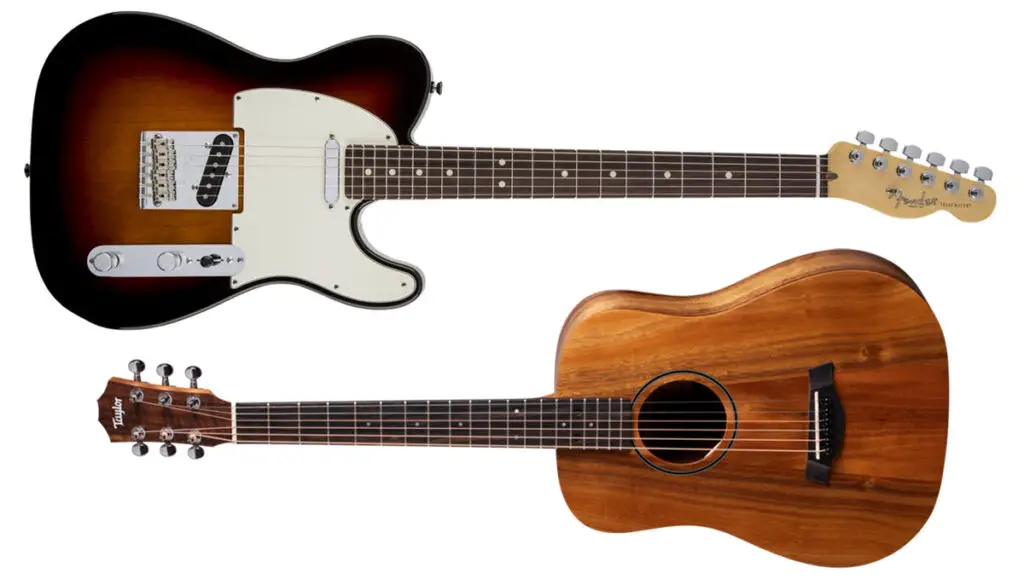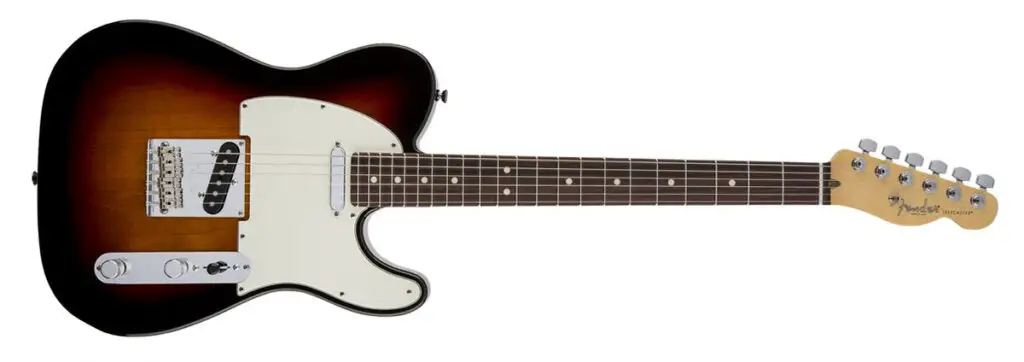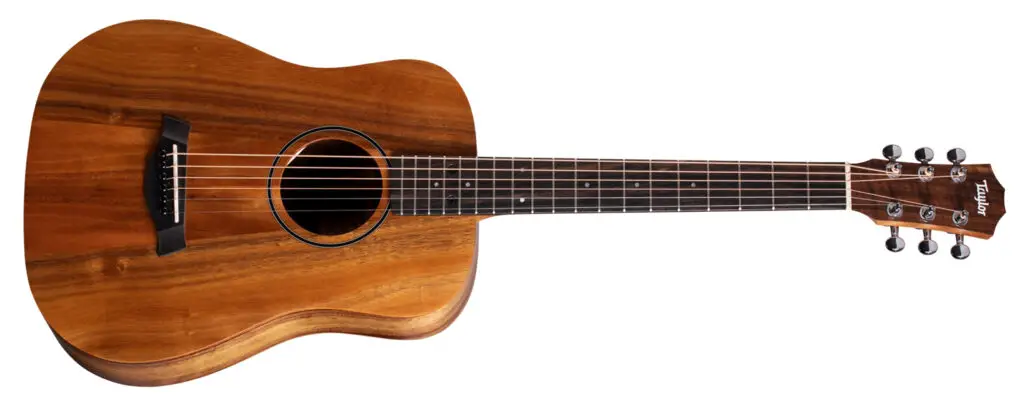When picking up a guitar for the first time, it’s easy to be overwhelmed by its various components and features. One of the key elements that often pique the curiosity of beginners and seasoned musicians alike is the number of frets a guitar has.
Frets, the metal strips embedded along the guitar’s neck, play an integral role in determining the instrument’s range and playability. But have you ever wondered how many frets there are on a guitar? The answer is not as straightforward as you might think.
The number of frets on a guitar typically ranges from 19 to 24, depending on the type and design of the guitar. For instance, most standard electric guitars have 22 or 24 frets, acoustic guitars have between 19 and 21, and classical guitars usually have 19 frets.
It can depend on a variety of factors, including the type of guitar (electric, acoustic, classical) and even the size and design of the instrument.
In this article, we will discuss the fretboard, explore how the number of frets varies across different guitar types, and discuss why the number of frets matters to your playing style. So, let’s dive into the world of frets and uncover the nuances that they bring to the music we create.

How Many Frets Are There On A Guitar?
The number of frets on a guitar can vary depending on the design of the guitar. However, most standard electric guitars have 22 frets, while many modern designs can have up to 24 frets. Acoustic guitars, on the other hand, typically have between 19 and 21 frets.
Some specialty or custom guitars can have even more frets, but these are less common. It’s also worth noting that the number of frets can affect the range of notes that a guitar can produce, with more frets generally allowing for a wider range of notes.

How Many Frets Are There On An Electric Guitar?
Most standard electric guitars typically have either 22 or 24 frets. The number can vary depending on the model and manufacturer.
For example, Fender Stratocasters usually have 21 or 22 frets, while Gibson Les Pauls typically have 22 frets.
However, some modern electric guitars, especially those designed for heavy metal and other genres that use a lot of high-pitched lead guitar, might have 24 frets.
How Many Frets Are There On An Acoustic Guitar?
Acoustic guitars typically have between 19 and 21 frets, but this can vary depending on the design and style of the guitar.
Dreadnought and concert acoustic guitars commonly have 20 frets, while some parlor guitars might have fewer. Some modern acoustic guitars can also have more frets, up to 24, particularly those designed for playing lead guitar parts.
How Many Frets Does A Classical Guitar Have?
Classical guitars, which are a type of acoustic guitar known for their nylon strings, typically have 19 frets. However, some models may have as many as 21 frets. The number can vary depending on the specific design and model of the guitar.

How Many Frets On A 3/4 Size Guitar?
A 3/4 size guitar, which is smaller than a standard full-size guitar and is often used by younger players or those with smaller hands, typically has 19 frets.
However, this can vary slightly depending on the specific model and manufacturer.
Does It Matter How Many Frets A Guitar Has?
The number of frets a guitar has can matter, depending on the style of music you want to play and your personal preferences.
- Range of Notes: More frets allow a guitar to produce a wider range of notes. This is particularly important for lead guitarists who often play high-pitched solos.
A standard guitar with 22 frets can play notes up to the E note on the 22nd fret of the high E string, while a 24-fret guitar can play up to the G note on the 24th fret. - Physical Comfort and Playability: If you have smaller hands, you might find a guitar with fewer frets to be more comfortable to play, simply because the neck is shorter.
- Sound and Tone: More frets usually mean a longer neck, which can slightly alter the tone of the guitar. Some players believe that guitars with more frets have a brighter and more trebly tone, while guitars with fewer frets have a warmer and rounder tone.
This is highly subjective and can also be influenced by many other factors such as the type of wood used for the neck and the body, the type of strings, and the guitar’s overall construction. - Genre and Style of Music: Some genres of music might necessitate a guitar with more frets. For example, if you’re playing heavy metal or progressive rock which often feature high-pitched solos, you might need a guitar with 24 frets.
On the other hand, if you’re playing blues or folk music, a guitar with fewer frets would typically suffice.
While the number of frets can affect these factors, it’s just one aspect of a guitar’s overall design and construction. Other factors like the type of wood, the pickups, and the quality of the craftsmanship can also have a significant impact on a guitar’s playability and sound.
How Many Frets Does A Gibson Les Paul Have?
The Gibson Les Paul, one of the most iconic electric guitars, typically has 22 frets. This has been a standard feature of the design since its inception.
However, like with all guitar models, there can be variations and special editions that may differ, so it’s always a good idea to check the specifications for the specific model you’re interested in.
Conclusion
The number of frets on a guitar is not a one-size-fits-all figure. Ranging from 19 to 24, the count varies based on the type, size, and style of the guitar.
While electric guitars typically have 22 or 24 frets, classical and acoustic guitars usually feature between 19 and 21. The smaller 3/4 size guitars, ideal for younger players or traveling, generally have around 19 frets.
The number of frets impacts not just the range of notes you can play but also the physical comfort and overall sound of the guitar.
Certain musical genres might even necessitate a specific number of frets. Therefore, when choosing a guitar, it’s important to consider these factors along with your personal preferences and playing style.
Regardless of the number of frets your guitar has, what truly matters is how you use them to express your musical ideas and emotions.
After all, the guitar is a versatile instrument capable of producing a rich variety of sounds, and each fret is a stepping stone to creating your unique melodies. So, pick up your guitar, and let the music play!


